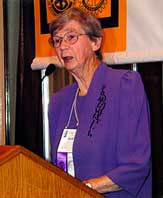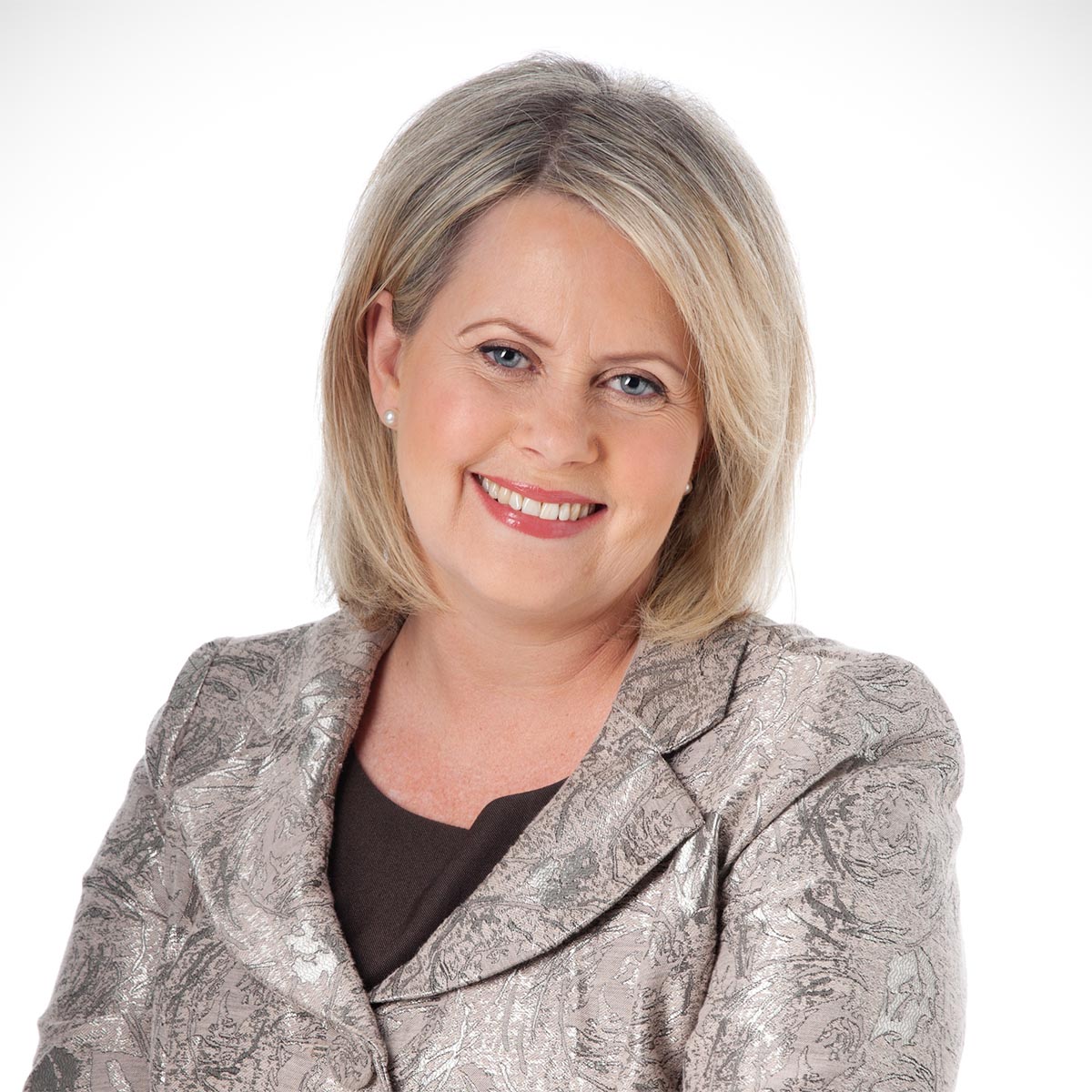Thank you for casting your votes in the TBM Naming Competition. Voting has now closed.
Student Entries
Entry 1 – Kirsten Banks, Astrophysicist
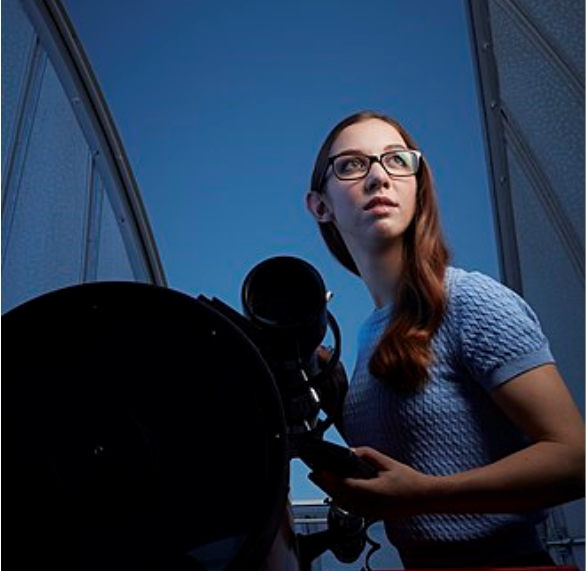
Student Entry: Kobe Burnes, Brungle Public – Year 5
When you’re looking up at the stars, you wonder, “Would there be a tenth planet out there that we don’t know about?” When you look at the Milky Way you can see an emu, Gugurbin. Kirsten was a tour guide and loves to talk about space and astronomy. She explains that when the emu head is up along the horizon, it’s a good time to look for emu eggs. She inspires me the most because she’s a young proud Australian Wiradjuri woman who is only just 24 years old. Kirsten ‘s favourite part of astronomy is that you can never stop learning. In her mind she’s asking you, “What’s your favourite part about space?”. She loves everything about STEM and would be a great nomination for the TBM.
Achievements in STEM:
2014 Davidson High’s ‘Most Outstanding Student’, 2017 CSIRO Indigenous STEM Award finalist, Bachelor of Science, majoring in Physics UNSW, Astronomy Guide at Sydney Observatory, Science Communicator – promoting astrophysics, Indigenous science and astronomy, Published academic in newspapers and scientific papers, Radio Interviews: both regular and single interviews, TV Interviews in Australia and abroad, Web Articles: COSMOS Magazine, ABCNews, SMH, The Australian, Public Speaking Events: conference presenter, keynote speaker and lecturer
Click below to find out more about Kirsten!

Entry 2 – Collette Burke, Engineer
Student Entry: Tyler Vandervalk, Sacred Heart Primary Corryong – Year 6
Dr Collette Burke should be the name of the TBM because she was appointed Victoria’s first Chief Engineer over a year ago. From work experience on an airport work site when she was 16, to becoming Victoria’s first Chief Engineer, civil engineer, she has gathered a lot of experience, education and excellence. She uses that knowledge to develop solutions to what she sees as the major challenges for the future of engineering.
I also think she should be the name of the TBM because for two decades Burke has been involved in the National Association for Women in Construction, and in many mentoring and education programs to attract and retain people in engineering. She recently released the Victoria State of Engineering Report, which showcased the many diverse opportunities in engineering.
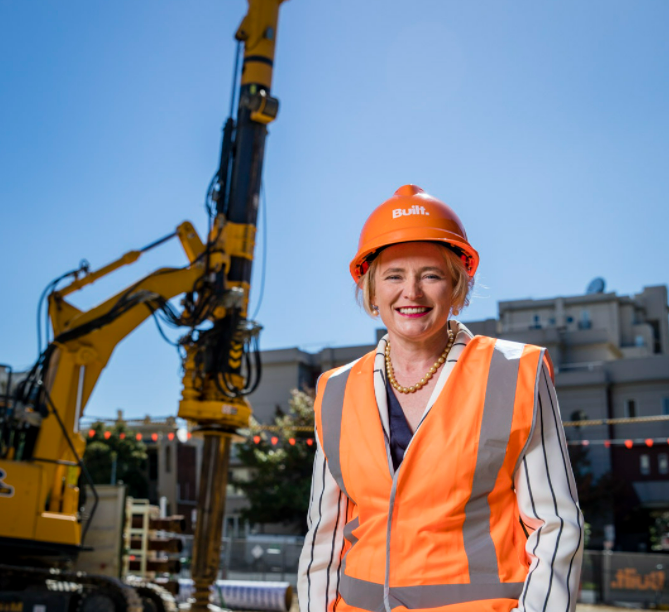
Click below to find out more about Collette!
Entry 3 – Adrienne Clarke, Botanist
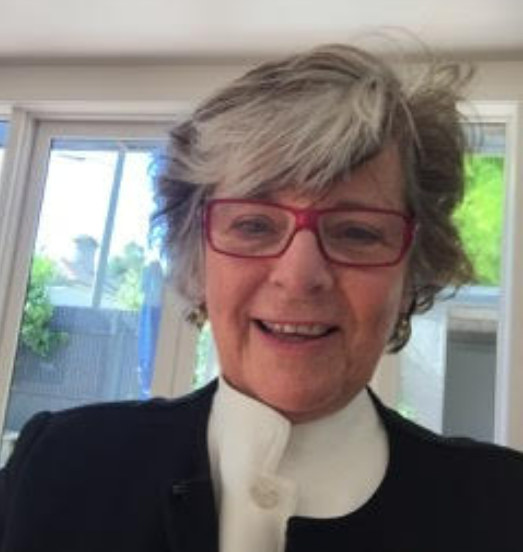
Student Entry: Samuel Lloyd, Snowy Mountains Grammar School – Year 6
Professor Clarke was born in Melbourne in 1938. She has a had a distinguished career both within academia and also the corporate world. Her work has been instrumental in the biochemistry and genetics of plants. Over her career she has been awarded numerous awards, been named an Officer of the Order of Australia and held many leadership roles. Her influence as a women in STEM has and is far reaching. She has been on the Boards of many listed companies including mining, financial and retail, for example, Woolworths, Alcoa, and Western mining. Recently she retired from her role as the Chancellor of La Trobe University, having also been a Lieutenant Governor of Victoria and Chairman of CSIRO. In the past both my parents have interacted with Professor Clarke and found her to be a lady of integrity and very humble. The TBM has the ability to go through the ground, minimising environmental impacts on the surface and go where other machines have not. That’s why I think naming her the Adrienne Clarke TBM would allow the ground-breaking legacy of Professor Clarke and the TBM to climb through mountains and support Australia’s transition to more clean energy.
Click below to find out more about Adrienne!

Entry 4 – Florence Violet McKenzie, Electrical Engineer
Student Entry: Riley Douch, Berridale Public School – Year 6
Florence Violet McKenzie has always had a passion for science and to spite difficulties in her life she has been able to overcome them to become very successful in the field. An example of these difficulties was that she enrolled in engineering at the University of Sydney in 1915 but she didn’t enough money to complete her University course. Florence was interested in electricity and engineering and after she started playing with the wiring in her home she went on to study electrical engineering at Sydney Technical College, from which she graduated in 1923 with a diploma. I think that she would be a good candidate to name the tunnel boring machine after because she was the first to inform Albert Einstein of the aboriginal people in Australia and sent him a didgeridoo. She published the EAW Cookery Book (1936), the first women’s guide to cooking with electricity and wrote educational book for children, The Electric Imps (1938), and numerous articles on electrical safety.
That’s why I think that she would be a good candidate to name the tunnel boring machine after because she was the first to inform Albert Einstein of the aboriginal people in Australia and sent him a didgeridoo.
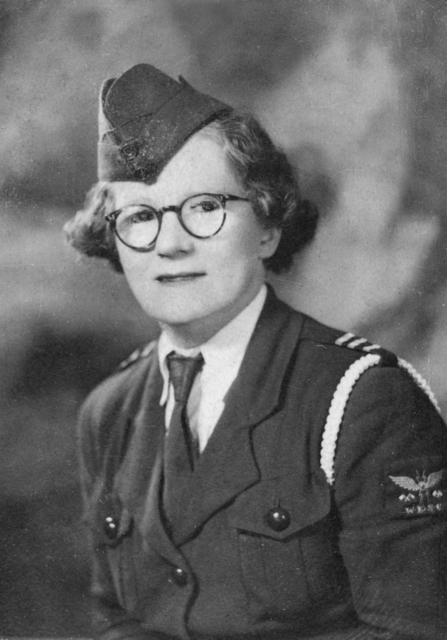
By Women’s Emergency Signallers Corps (WESC) – This tag does not indicate the copyright status of the attached work. A normal copyright tag is still required. See Commons:Licensing for more information., Public Domain, https://commons.wikimedia.org/w/index.php?curid=17325625
Click below to find out more about Florence!
Entry 5 – Beryl Nashar, Geologist
Student Entry: Cheyenne Alexander, Cooma Public School – Year 6
Professor Beryl Nashar was the first Australian woman to be awarded a Rotary Foundation Fellowship, which she took in Cambridge. At the University of Tasmania she became the first Australian to be awarded a PhD in geology from an Australian university. Initially appointed lecturer in geology at Newcastle University College (part of the then New South Wales University of Technology), she became Foundation Professor of Geology when the University of Newcastle was formed. Here, four years later, Professor Nashar became the first woman dean of science at an Australian university. Her early research addressed the geology of the Stanhope district in the Hunter Valley. This later included the mineralogy, geochemistry and genetic relations of the Carboniferous and Permian andesitic associations of eastern New South Wales. During her career, Professor Nashar’s expertise in educational matters was used by her university, local expert boards and committees, and governments.
Click below to find out more about Beryl!

Entry 6 – Trish White, Engineer
Student Entry: Lewis Costello, Sacred Heart Primary Corryong – Year 6
National President and Chair of Engineers Australia.
Trish White has been National President and Chair of Engineers Australia since 2018, following a career taking in defence engineering, senior executive roles and state politics.
She is now focused on some of the engineering major challenges in Australia. She is head of Engineers Australia. Trish has set the pace of change in the current STEM climate.
By achieving the United Nations’ Sustainable Development Goals, Dr Trish White is inspiring the next generation of engineers.
Trish White studied Arts and Electrical Engineering at the University of Queensland. Her CV includes positions in applied research at the Defence Science and Technology Organisation. Trish has also become a member of the South Australian Parliament.
You should name the machine after Dr. Trish White because she is involved in renewable energy sources just like the Snowy Hydro Company and she is keen to train the
next generation of young women. She is very important and has had a lot of roles through out her life and it would be great to have a very famous women as the name of the 2.0 TBM.
Click below to find out more about Trish!



